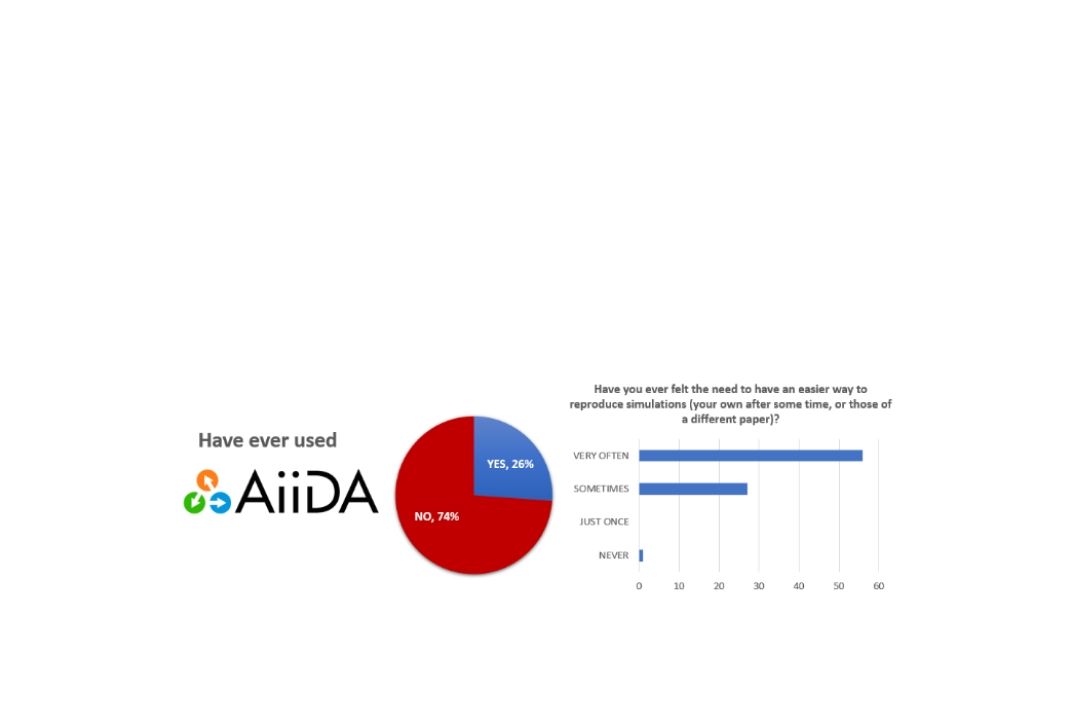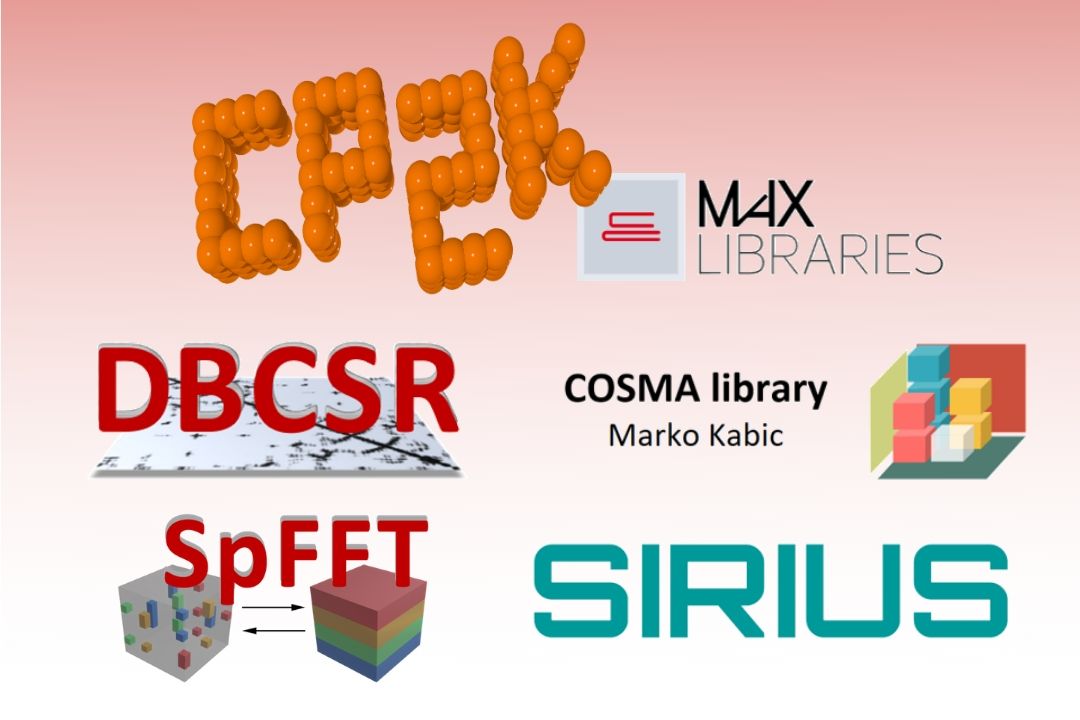Yambo Code Webinar: Highlights and Insights
The third webinar of the MaX series on Flagship codes entitled “Quasiparticle Band Structures and Excitons in Novel Materials using the Yambo Code” was held last 16th June, focusing on the capabilities and features of the Yambo code tools for excited states calculations with a particular focus on quasi-particle band structures and excitons in novel materials.
As the MaX European Centre of Excellence is working to prepare Yambo (an open-source project aimed at studying excited state properties of condensed matter systems from first principles using many-body methods) for the forthcoming pre- and exascale machine, this webinar was significantly relevant and comprehensive in providing:
- A broad view of the Yambo code, where to get it from and how to use it.
- Update of the status of the GPU version and outline of roadmap for its future evolution.
- A basic set of instructions on how to tune and use the code efficiently on these new HPC systems.
The webinar was moderated by Daniele Varsano, MaX training coordinator and currently a research scientist at CNR, who provided the key focus in MaX and an overview of the webinar focusing on Yambo code.
The first key speaker was Dr. Andrea Marini, a coordinator of the ab-initio Yambo project and head of the Division of Ultrafast Processes in Materials (FLASHit) of the CNR-ISM, who briefly illustrated and introduced the Yambo ecosystems in educational and user support.
The second speaker was Prof. Maurizia Palummo, an associate professor of Theoretical Condensed Matter Physics at the University of Rome “Tor Vergata”, who provided a series of examples, hints and tips on how to perform calculations of Quasi-particles and excitons using Yambo.
The third speaker was Dr. Myrta Grüning, a senior Lecturer at Queen’s University Belfast and one of the developers of the Yambo codes, who illustrated some new features of the Yambo code basing it in real-time simulations that allow us to go beyond non-linear optical spectroscopy.
The final presentation was given by Dr. Andrea Ferretti, the co-PI of the MaX project, a developer of scientific software (Yambo and Quantum ESPRESSO) and currently a senior researcher at CNR, who presented Yambo at HPC, how to run Yambo and how it performs in HPC running in parallel on GPUs.
Key takeaways
The MaX webinar was a real asset when it comes to extending the reach across a wider pool of stakeholders, with 185 online participants (245 registered participants) and 97 live questions coming from our audience. Participants came from 44 countries: 21 EU Member States and 22 Non-EU/global. For the EU, Italy was by far the most represented country, followed by France, the United Kingdom, Spain and Germany.
During the webinar, some live poll-questions were posed to the audience to better understand the participants' average engagement and familiarity of both Yambo code and MaX. The following charts display the main outcomes pulled out from the live poll surveys (responses from 141 out of 185 attendees).
In this webinar, we invited users of electronic structure codes interested in the calculation of excited-states properties, particularly those who plan to start working on modern heterogeneous (accelerated) HPC machines. The majority of the attendees were entry-level (49% respondents), some who had sometimes used many-body perturbation theory (42%) and experienced users (9%) (information from poll question 3).

In addition, 92% of the respondents were from the field of physics and only 8% were from the chemistry field (poll question 1).
42% of the respondents were planning to use Yambo code to study layered materials and 26% were for both bulk system and nanostructures, followed by molecules (6%) (result from poll question 2).
61% of the respondents would use Yambo code for GW/BSE, 17% were for mostly GW, 13% were for real-time optics and 9% for other use (from poll question 4).
Insights and tips
The speakers provided some technical insights and opportunities and challenges for Yambo at HPC
- Yambo code is relevant for excited states calculations, which allows affordability of large systems and better precision in term of convergence,
- Here are some of the significant opportunities that HPC offers:
- There will be more and more computational capabilities available (technology disruption);
- MBPT expresses a significant computational complexity and has the potential to exploit new generation architectures’ hierarchy of methods with improving accuracy;
-
Experience so far has been positive! (Yambo, PWs, pseudopot, PPA).
If you missed it, click here to watch the recorded webinar and download the speakers’ slides.



